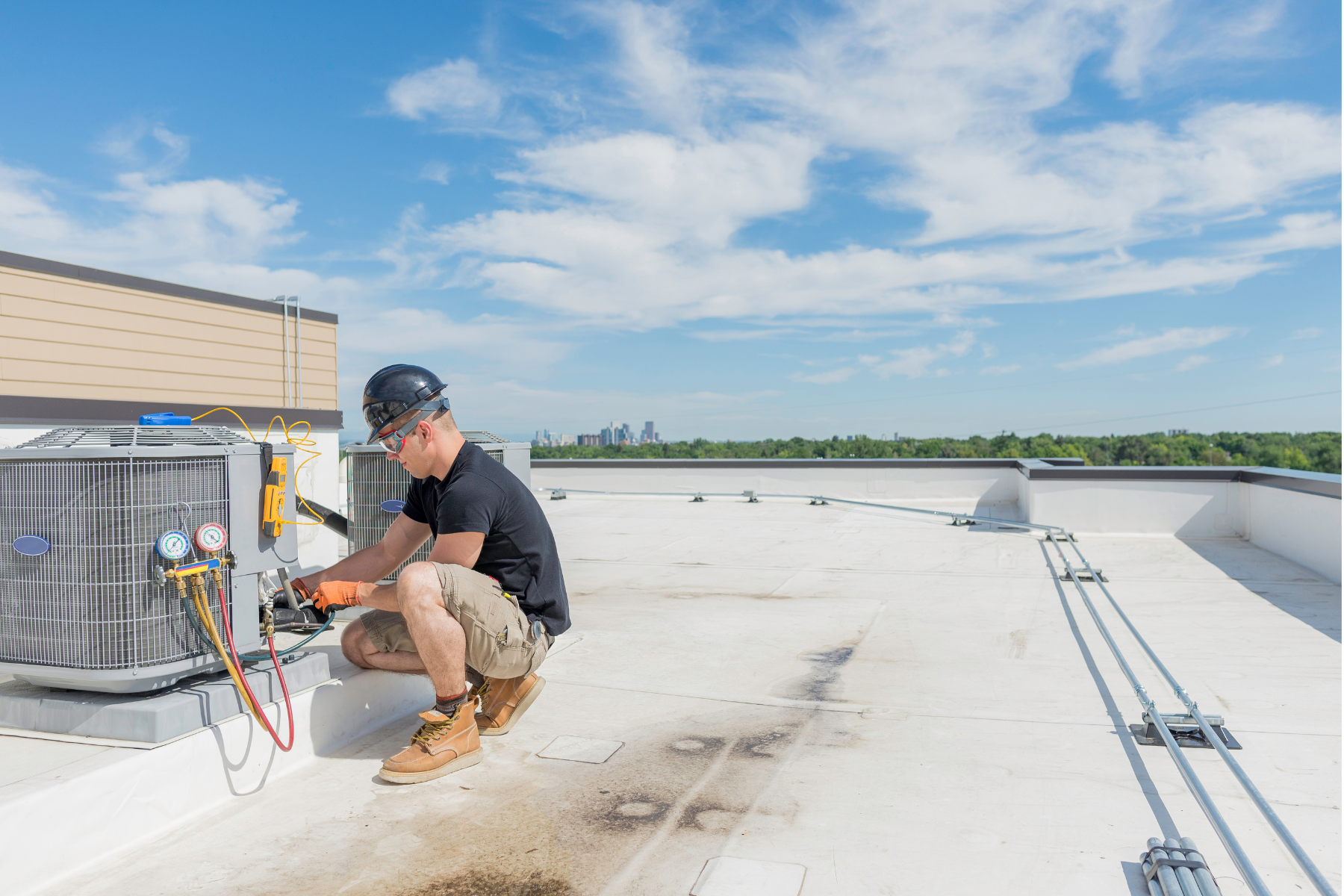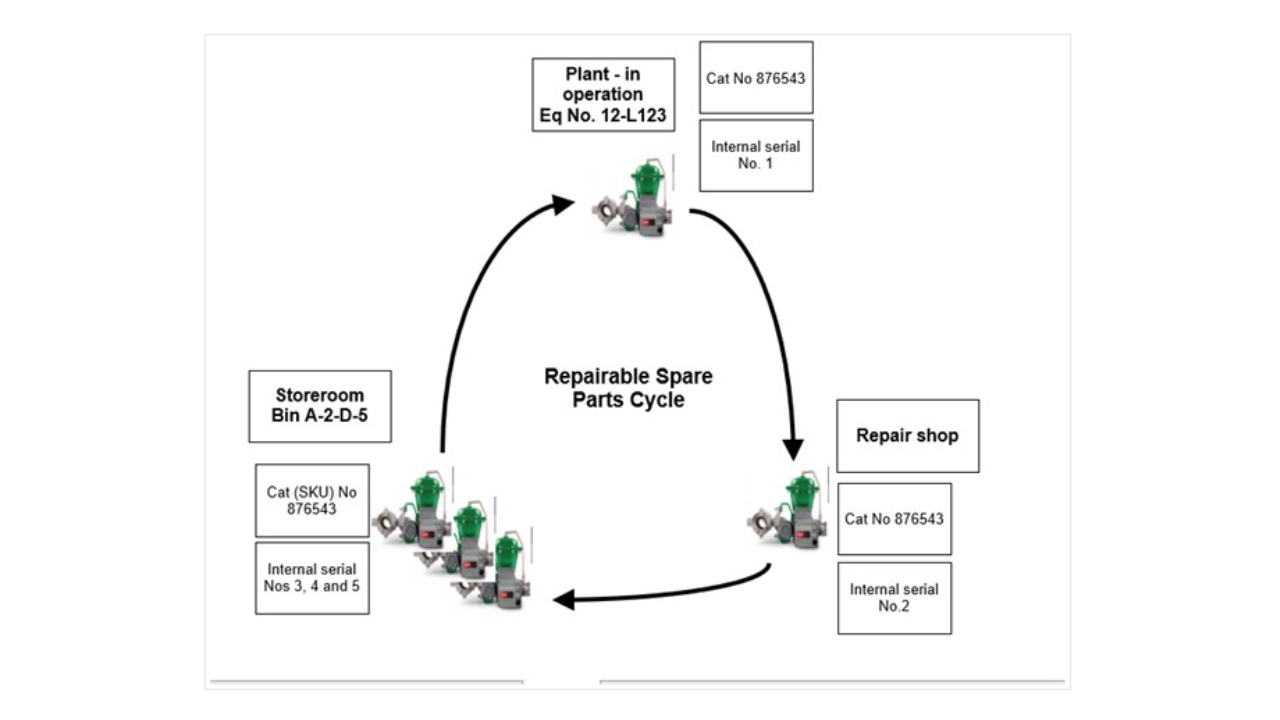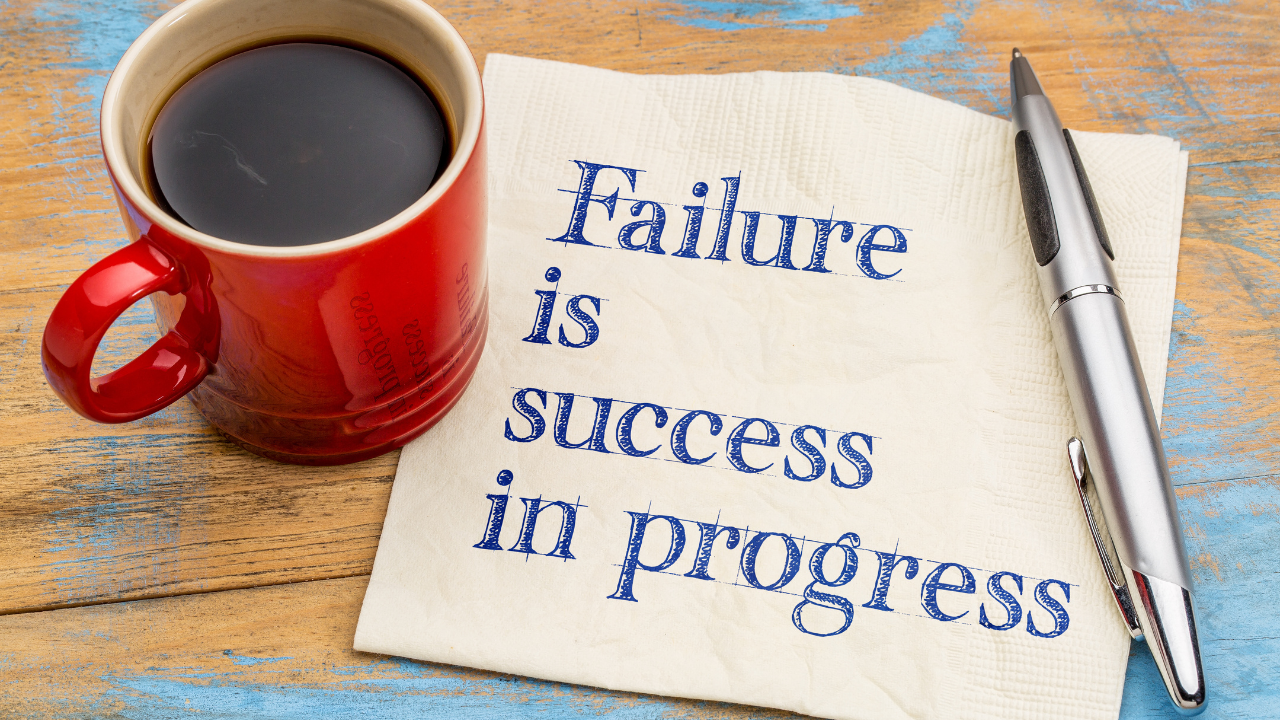Enhancing Overall Equipment Effectiveness Through TPM
P. Sharmaa, Vishwas Bhaveb, Dr., H.B. Khurasiac and B. Shikaria, Department of Mechanical Engineering,
Maulana Azad National Institute of Technology Bhopal (MANIT)
Enhancing-Overall-Equipment-Effectiveness-Through-TPM
Click here to download the full pdf.
Related Articles

Achieving "Near Zero" Refrigerant Emissions in HVAC Systems
Chillers and their refrigerants require ongoing preventative maintenance. Preventing refrigerant from leaving, preventing air from entering, and preserving refrigerant quality are all a part of chiller maintenance. By maintaining your chillers and by preventing chiller leaks you will also keep your operating costs down.
Chillers and their refrigerants require ongoing preventative maintenance. Preventing refrigerant from leaving, preventing air from entering, and preserving refrigerant quality are all a part of chiller maintenance. By maintaining your chillers and by preventing chiller leaks you will also keep your operating costs down.

Maintenance Management: The Perfect Role for Critical Thinkers
Critical thinking is essential for effective maintenance management. As a maintenance manager, you are responsible for overseeing the maintenance, repair, and replacement of equipment, machinery, and other assets. To be an effective maintenance manager, you must also be able to analyze problems, identify root causes, and develop solutions that address the underlying issues. This involves a range of critical thinking skills, such as deductive reasoning, problem-solving, and decision-making.
Critical thinking is essential for effective maintenance management. As a maintenance manager, you are responsible for overseeing the maintenance, repair, and replacement of equipment, machinery, and other assets. To be an effective maintenance manager, you must also be able to analyze problems, identify root causes, and develop solutions that address the underlying issues. This involves a range of critical thinking skills, such as deductive reasoning, problem-solving, and decision-making.

All Win - A Maintenance Partnership in Three Pulp Mills: Reasons, Results and Lessons
Virtually everyone has heard of and will express an opinion on outsourcing. There are clear global trends toward outsourcing and most are experiencing the joys in one form or another. In the maintenance world outsourcing extends from specialized services, contract labor and consigned spare parts all the way to a full, shared risk-reward, incentive-based partnership. There are many benefits in favor of outsourcing, but even with these benefits why would an operating company elect to form a maintenance partnership? What factors must be considered? What concerns? Most important - what are the results achieved and lessons learned after a full year of actual operation?
Virtually everyone has heard of and will express an opinion on outsourcing. There are clear global trends toward outsourcing and most are experiencing the joys in one form or another. In the maintenance world outsourcing extends from specialized services, contract labor and consigned spare parts all the way to a full, shared risk-reward, incentive-based partnership. There are many benefits in favor of outsourcing, but even with these benefits why would an operating company elect to form a maintenance partnership? What factors must be considered? What concerns? Most important - what are the results achieved and lessons learned after a full year of actual operation?

Managing Repairable Spares
“Repairable” spares (sometimes called “rotating” or “rotable” spares) are parts or assemblies that are carried in the Maintenance storeroom and which are not automatically re-ordered when they are issued. They rotate through a cycle that includes in-service in operating equipment, then to a repair shop, then to inventory and then back to service.
“Repairable” spares (sometimes called “rotating” or “rotable” spares) are parts or assemblies that are carried in the Maintenance storeroom and which are not automatically re-ordered when they are issued. They rotate through a cycle that includes in-service in operating equipment, then to a repair shop, then to inventory and then back to service.

The Evolution of Performance Measurement
In the current environment of ever-increasing demands to deliver exceptional results with limited resources, leaders are placing greater emphasis on performance measurement. Performance measurement is defined as the process of analyzing information to determine the progress toward a desired outcome for a given organization.
In the current environment of ever-increasing demands to deliver exceptional results with limited resources, leaders are placing greater emphasis on performance measurement. Performance measurement is defined as the process of analyzing information to determine the progress toward a desired outcome for a given organization.

Failure Teaches Success
I absolutely hate to fail, but must admit that failure is an unescapable part of life. Thankfully most of my failures over the years have been relatively minor. Nonetheless, they have been a true source of irritation and frustration that in many ways outweigh the successes. Fortunately my early mentors taught me to use failure, no matter how serious or minor, as a learning tool and a platform to build upon.
I absolutely hate to fail, but must admit that failure is an unescapable part of life. Thankfully most of my failures over the years have been relatively minor. Nonetheless, they have been a true source of irritation and frustration that in many ways outweigh the successes. Fortunately my early mentors taught me to use failure, no matter how serious or minor, as a learning tool and a platform to build upon.

The Maintenance Leader’s Journey from ‘Command and Control’ to ‘Mission Command’
These two styles, whose origins are in the military, are ‘Command and Control’ and ‘Mission Command.’ The journey from command and control to mission command represents a major shift, not only in leadership style but also in organisational culture and this article aims to help you chart a successful course from one to the other.
These two styles, whose origins are in the military, are ‘Command and Control’ and ‘Mission Command.’ The journey from command and control to mission command represents a major shift, not only in leadership style but also in organisational culture and this article aims to help you chart a successful course from one to the other.

